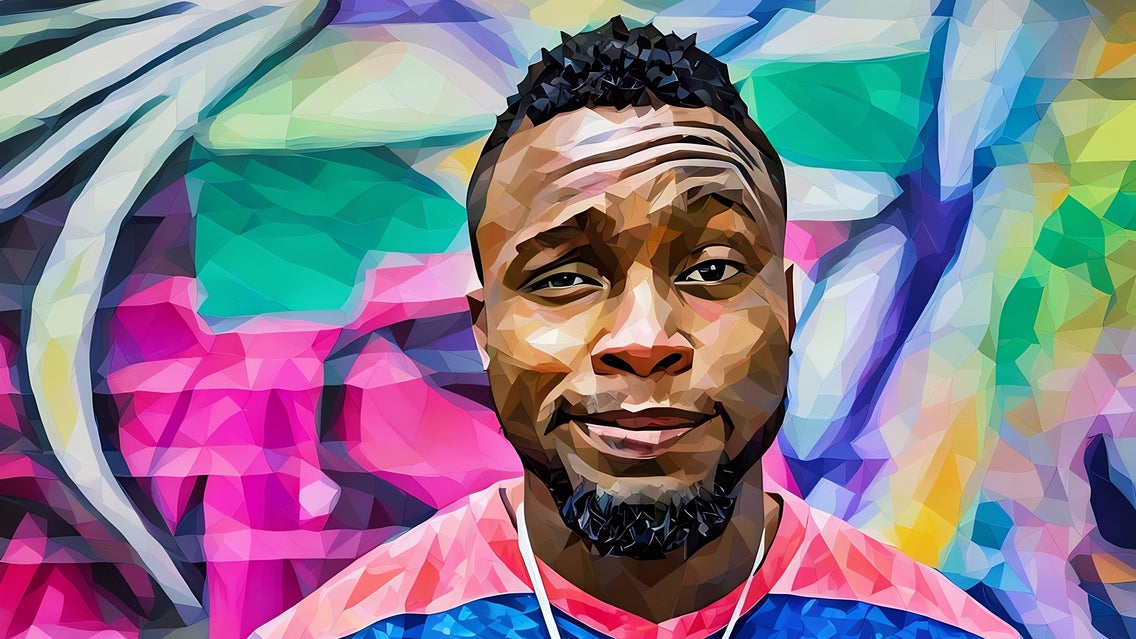Mastering the Art of Photography: Unveiling Emerging Trends and Techniques

30-11-2024, 19:39 Admin 6 474 0
Today, photography, one of the most universally enjoyed forms of art, is witnessing exponential advances. From the simple snapshot to the carefully executed composition, photography provides an engaging and easily accessible platform for people from all walks of life to document, explore, and share experiences. With the continual development of technology, even more, opportunities are creating to push the boundaries of this art form. This article will delve into the emerging trends and innovative techniques revolutionizing the realm of photography.
Firstly, let's discuss the pervasive influence of Artificial Intelligence (AI) on photography. Although traditionally, photography relied upon the photographer's intuition and innovative eye, AI is revolutionizing the way we take photos. Image recognition and processing are two AI advancements that have transformed the photography landscape, enabling computer programs to identify and categorize images. For example, Google's AutoDraw utilizes AI to transform rough scribbles into recognizable drawings. Meanwhile, Luminar AI goes a step further by using machine learning to automate image editing. With AI, photographers can optimize efficiency, saving valuable time and focus instead on their artistic vision.
Secondly, mobile photography is another surging trend. The exponential growth of smartphones has democratized photography, making it accessible to everyone. With advanced in-built cameras, smartphones offer the convenience to capture high-quality images anytime, anywhere. Furthermore, the explosion of photo-editing apps has empowered individuals to retouch, enhance, and transform their images into professional-grade photos right at their fingertips. Examples include VSCO, Snapseed and Adobe Lightroom - all harnessing the power of technology to explore creative possibilities.
Next, let's focus on a compelling technique being increasingly adopted by photographers worldwide – long exposure photography. Surreal and appealing, this approach involves a longer shutter speed to blur movement, rendering moving elements like water or clouds into a smooth, ethereal haze. The effects of long exposure photography can create impactful visual metaphors, enhancing the thematic depth of the photograph. While it may require a sophisticated DSLR to perform this technique traditionally, new technology enables even smartphone users to accomplish the same effects with apps like Spectre Camera.
Lastly, the blending of photography with Virtual Reality (VR) points at even more exciting future developments. VR allows the creation of immersive, 360-degree photographic experiences that transport viewers into different realities, providing a revolutionary approach to interactive photography and visual storytelling.
In conclusion, technology continues to shape and innovate the way we perceive and practice photography. Embracing these emerging trends and techniques, both amateurs and seasoned photographers can harness the power of technology to not only optimize efficiency but also to create striking, evocative images that push the boundaries of this enduring art form. The science of photography is rapidly evolving, and by keeping abreast with these trends, photographers can indeed master the art.
Firstly, let's discuss the pervasive influence of Artificial Intelligence (AI) on photography. Although traditionally, photography relied upon the photographer's intuition and innovative eye, AI is revolutionizing the way we take photos. Image recognition and processing are two AI advancements that have transformed the photography landscape, enabling computer programs to identify and categorize images. For example, Google's AutoDraw utilizes AI to transform rough scribbles into recognizable drawings. Meanwhile, Luminar AI goes a step further by using machine learning to automate image editing. With AI, photographers can optimize efficiency, saving valuable time and focus instead on their artistic vision.
Secondly, mobile photography is another surging trend. The exponential growth of smartphones has democratized photography, making it accessible to everyone. With advanced in-built cameras, smartphones offer the convenience to capture high-quality images anytime, anywhere. Furthermore, the explosion of photo-editing apps has empowered individuals to retouch, enhance, and transform their images into professional-grade photos right at their fingertips. Examples include VSCO, Snapseed and Adobe Lightroom - all harnessing the power of technology to explore creative possibilities.
Next, let's focus on a compelling technique being increasingly adopted by photographers worldwide – long exposure photography. Surreal and appealing, this approach involves a longer shutter speed to blur movement, rendering moving elements like water or clouds into a smooth, ethereal haze. The effects of long exposure photography can create impactful visual metaphors, enhancing the thematic depth of the photograph. While it may require a sophisticated DSLR to perform this technique traditionally, new technology enables even smartphone users to accomplish the same effects with apps like Spectre Camera.
Lastly, the blending of photography with Virtual Reality (VR) points at even more exciting future developments. VR allows the creation of immersive, 360-degree photographic experiences that transport viewers into different realities, providing a revolutionary approach to interactive photography and visual storytelling.
In conclusion, technology continues to shape and innovate the way we perceive and practice photography. Embracing these emerging trends and techniques, both amateurs and seasoned photographers can harness the power of technology to not only optimize efficiency but also to create striking, evocative images that push the boundaries of this enduring art form. The science of photography is rapidly evolving, and by keeping abreast with these trends, photographers can indeed master the art.
Related News
Leave a Comment

